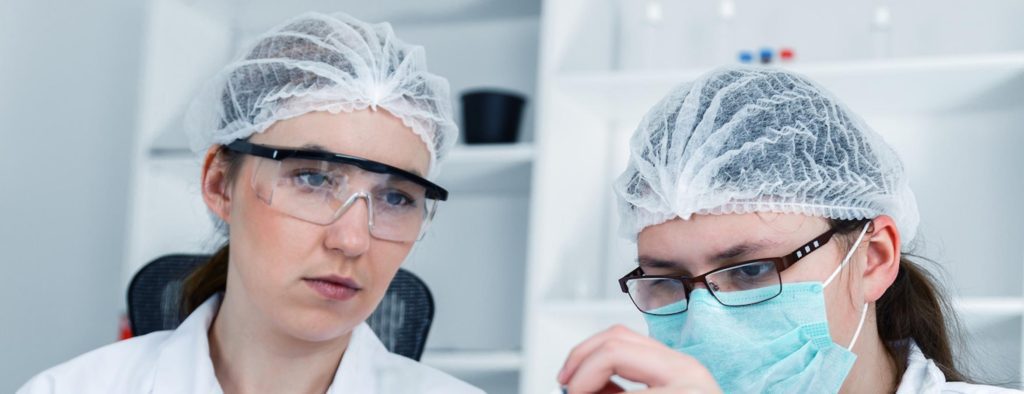HEPA filters are deemed compliant based on the way they are tested. They’re tested by third parties; no manufacturer can test their own filters. In the United States, there are specific labs to send filters to that are government regulated, and they have to test the filters under ASHRAE (American Society of Heating, Refrigerating and Air-Conditioning Engineers) standards. These standards are constantly being worked on based on the medias that are available.
The filters themselves are regulated and tested, not the manufacturer. For HEPA-grade filters have to be tested through ASHRAE standards in addition to a DOP test. It’s the third-party that is regulated by ASHRAE standard, not the manufacturer.
By definition all HEPA filters are individually certified as to conformance with their target efficiency. The data from the testing is provided on a label on every filters stating test airflow, resistance to airflow and penetration (the inverse of efficiency). Originally HEPA filters were tested using dioctylphthalate, a known carcinogen, as prescribed in the original military testing standard authored to address HEPA filter performance.
Today, manufacturers test each HEPA filter according to methodologies as outlined in Recommended Practices (RP) as published by the Institute of Environmental Sciences and Technologies (IEST). Filters are challenged with particles of specific size and the penetration of each filter is so recorded.
The minimum level of HEPA filter performance is an efficiency of 99.97% when tested on particles 0.3 micron in size. As technology has advanced, and the need of ultra clean air in industries such as microelectronics and pharmaceutical has evolved, filters have become available that can provide a performance of 99.999995% efficiency on particles 0.12 micron is size. Because a HEPA manufacturer cannot be responsible for transportation of the filters to the user or handling and installation, many applications require additional in-place testing to ensure the installed integrity of the HEPA filter.

